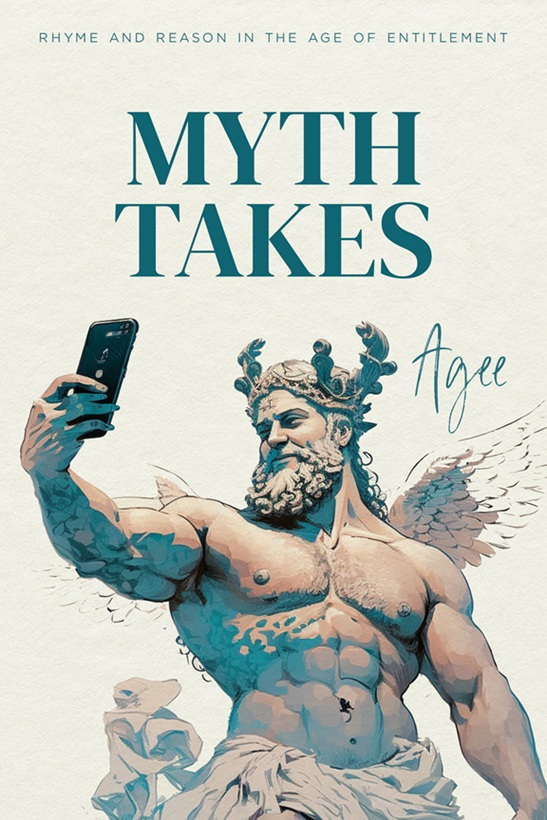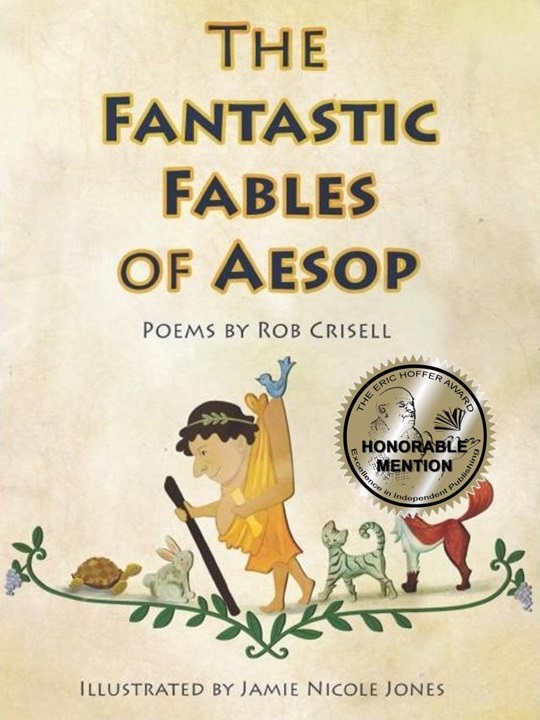.
The End of Fred the Thief
—based on various news reports
Twenty-eleven was the year
When they put Fred the Thief to death
So that the tourists in Cape Town
Might in more safety draw a breath.
A wily gangster throughout life,
With some four hundred of his kind,
He lived in Cape Town all his days
And slowly to more crimes inclined.
At first, he simply begged for food,
Yet when one freely offered some,
Instead of being satisfied,
He’d hijack all the grub and run.
From petty theft, he graduated
To bolder efforts as he aged.
He’d break in cars and enter them
Whether empty or engaged.
And if some people were inside,
He’d loudly grunt and rant and screak
At male and female, young and old,
Should victims stall and his bile pique.
He’d even steal laptops and baggage
If he thought eats inside of them,
His stroppy physique aching for
A fatty, high-carb, fast-food gem.
The law had shot him several times.
Civilians, too, had wounded him,
But Fred eluded mortal harm,
Keeping intact both life and limb.
His appetite soon knew no bounds,
And into homes he would foray,
Or threaten travelers along
The road out toward Smitswinkel Bay.
For three long fear-filled years, Fred pillaged
And made good folks with terror fraught,
Till, in despair, all Cape Town cried,
“This savage culprit must be caught!”
But what most stirred authorities
With intense zeal to animate
Their search for Fred was when he did
Three victims claw and lacerate.
Though one but suffered minor cuts,
Two others were hospitalized
Due to the gouges, scrapes, and gashes
The predatory brute incised.
The last year of his burglaries,
Despite the close lookout for Fred,
In just one month of cunning raids,
From not quite thirty cars he fed.
At last, the long arm of the law
Captured this pirate dynamo
After he stole a girl’s rucksack
And scarfed her tart ripe tangelo.
The question—what to do with him?
Banish him where another moon
Far off might shed its light on him
Or euthanize the mad baboon?
His jailors opted for the latter,
Though others favored not that choice,
But in the end, he was put down.
His backers lacked the stronger voice.
But once he died, his fame increased,
And people saw him less as thief
And more as martyr for a cause
On which to cling and flaunt their grief.
For some on social media posted
Pictures of feeding him junk food
(A donut, oh, how cute) so that
He larger loomed in victimhood.
A surge of pity then swelled high,
As dispositions turned benign,
Nostalgia blotting out the way
The people framed their Frankenstein.
.
.
Terry L. Norton is a retired professor of literacy at Winthrop University in Rock Hill, South Carolina. He is the author of Cherokee Myths and Legends (2014), Trickster Tales of Southeastern Native Americans (2023), and Monkey Tales Around the World: A Folklore Anthology (2024), all published by McFarland.
Discover more from Society of Classical Poets
Subscribe to get the latest posts sent to your email.

















What an interesting story, Terry! I have lived in Cape Town and have met the odd gangster. Lovely narrative, I enjoyed…
Scharlie
Terry, what an interesting tale of a real thief who somehow people remember in a benign way. Nostalgia plays funny tricks on the minds of people, especially those who were not direct victims.
People opposed the killing of a thieving and savage baboon? They are now mourning him on social media and making him a martyr?
This is a prime example of what we in the United States call “toxic empathy.” If you think this isn’t dangerous, just consider a frightening fact: the human piece of garbage who murdered an innocent Ukraininan woman on the train recently in a totally unprovoked stabbing now has a “Go Fund Me” site that is collecting cash for his legal defense.
This elephantiasis of misplaced sentimentality is out of control.